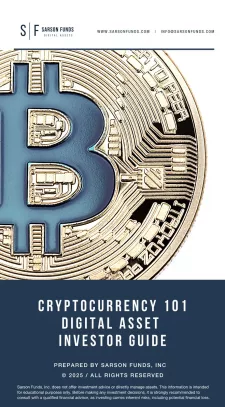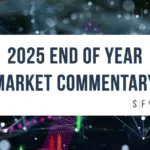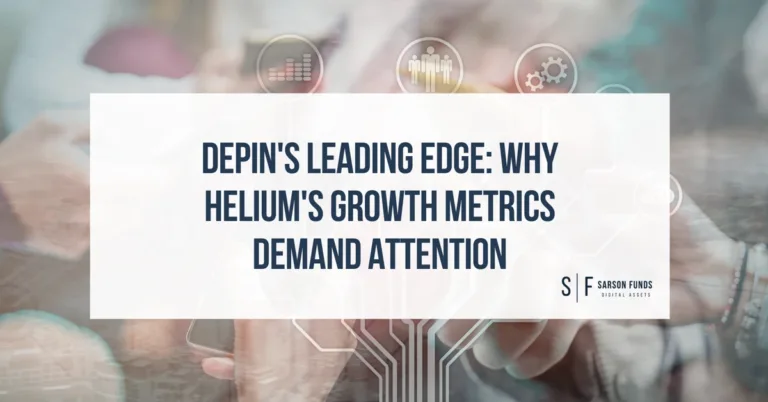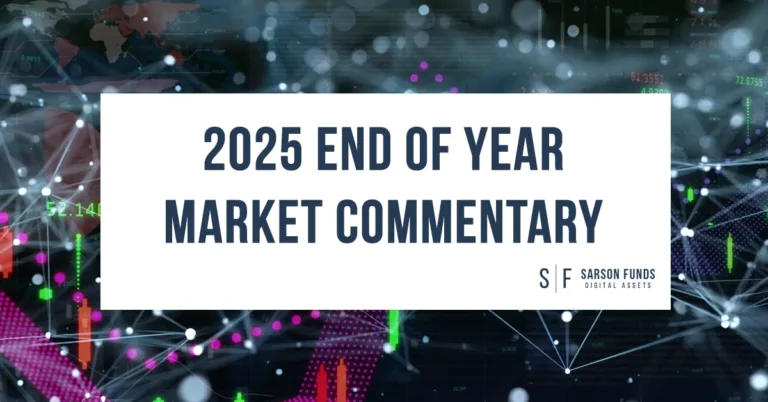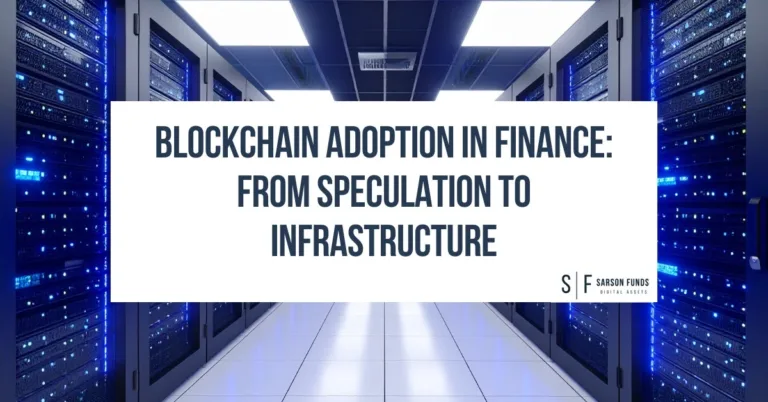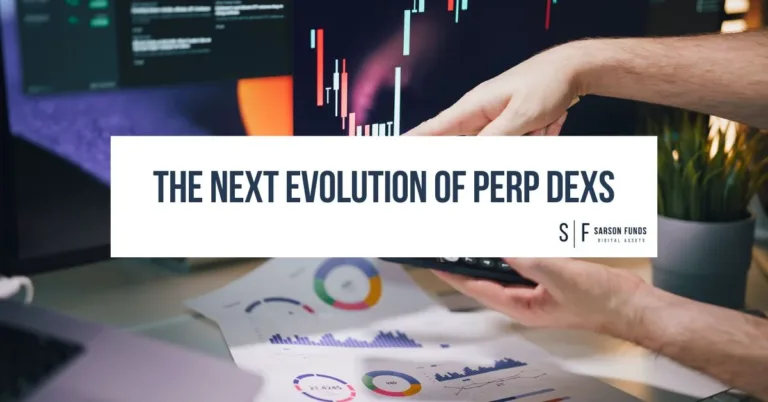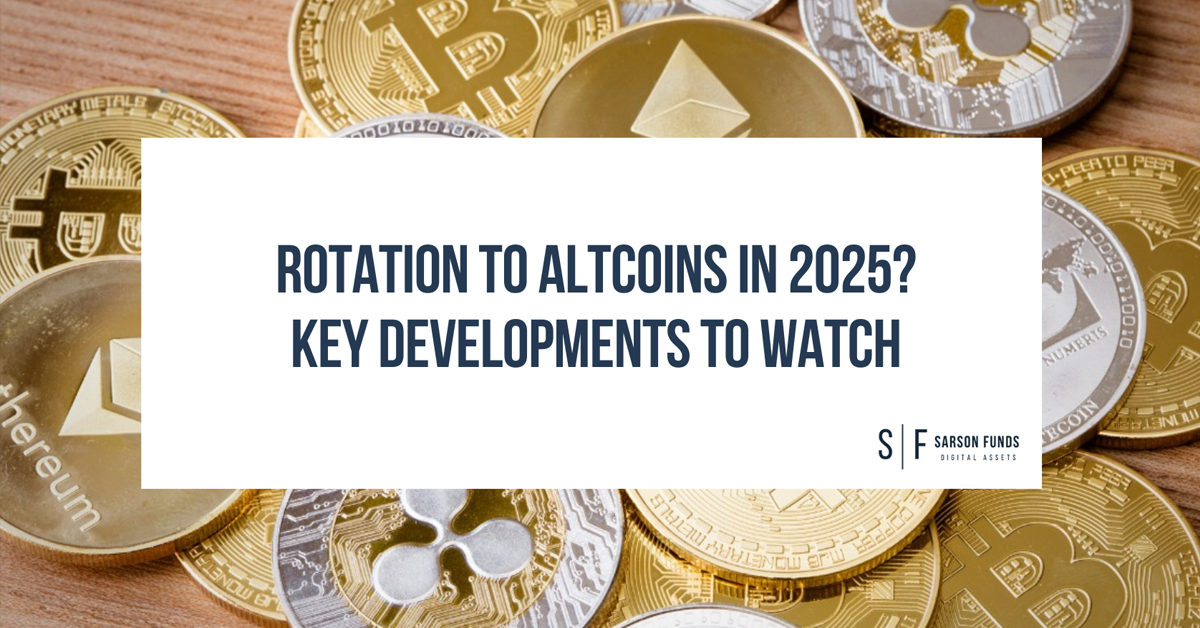
As 2025 progresses, the cryptocurrency landscape is undergoing significant changes that could set the stage for a potential rotation to altcoins. While the outcome remains uncertain and depends on various factors, several important developments are quietly reshaping the environment for digital assets. Rather than signaling an immediate surge, these changes suggest that conditions are becoming more favorable for altcoins, though investors should remain mindful of the risks and uncertainties inherent in this evolving market.
Regulatory Clarity in the U.S. Market
The United States has made notable strides in crypto regulation this year, with Congress advancing several major bills. The GENIUS Act introduces a federal framework for stablecoins, while the STABLE Act increases requirements for issuer transparency and reserve backing. The CLARITY Act, meanwhile, proposes a new approach to determining whether digital assets fall under the jurisdiction of the SEC or the CFTC. Together, these legislative efforts aim to reduce the regulatory uncertainty that has long limited institutional involvement in altcoin markets. If successfully implemented, these measures could provide clearer legal pathways for both developers and investors, potentially unlocking new sources of capital for the sector.
Easing Banking Restrictions and Stablecoin Expansion
Banking policy has also shifted in ways that may benefit the crypto ecosystem. In June 2025, the Federal Reserve announced it would no longer consider “reputational risk” when supervising banks, a move that removes a significant barrier for financial institutions wishing to serve crypto clients. Coupled with the clearer regulatory landscape for stablecoins, this change could encourage more banks to re-enter the digital asset space, increasing liquidity and access to stablecoins—an essential component for altcoin trading and decentralized finance. The stablecoin sector itself continues to expand, with leading tokens like USDT and USDC maintaining dominance and market projections indicating further growth if regulatory clarity holds.
Institutional Treasury Activity and Emerging Token Interest
In recent times, treasury companies have been actively acquiring significant amounts of major cryptocurrencies such as Bitcoin (BTC), Ethereum (ETH), and Solana (SOL). These acquisitions reflect a strategic move to diversify corporate reserves and capitalize on the potential long-term value of digital assets. Interestingly, some treasury entities have also shown interest in emerging tokens like TAO, signaling a broader acceptance and exploration of various blockchain projects. This trend underscores growing institutional confidence in the crypto market, which could influence market dynamics and investor sentiment toward altcoins moving forward.
Market Dynamics and Potential Rotations
Market dynamics continue to influence the prospects for altcoins as well. Bitcoin dominance remains high, but historical trends suggest that rotations to altcoins often follow periods when Bitcoin consolidates or trades sideways. Although this relationship is not guaranteed, it is a pattern that many traders watch closely. In addition, emerging narratives—such as decentralized physical infrastructure (DePIN) and the integration of artificial intelligence with blockchain technology—are attracting attention and investment. While these sectors are still developing, they could play a role in shaping the next phase of growth for altcoins.
Expanding Institutional Access via ETFs
Institutional access to altcoins is also expanding, with the launch and proposed approval of new crypto ETFs, including those focused on Solana, XRP, and Litecoin. These products could make it easier for traditional investors to gain exposure to a broader range of digital assets, though the extent of their impact will depend on actual adoption and overall market conditions. The growing interest from asset managers and the increasing number of ETF applications signal a maturing market infrastructure that could support broader participation in the altcoin sector and expose a new investor class to the underlying on-chain ecosystems.
Conclusion: Conditions Are Ripening, but Caution Remains Essential
In summary, the groundwork for a potential rotation to altcoins in 2025 is being laid through a combination of regulatory progress, improved banking access, strategic acquisitions by treasury companies, and expanding institutional interest. However, the cryptocurrency market remains highly volatile and subject to rapid change. While these developments are promising, investors should approach the space with careful analysis and an awareness of ongoing risks, recognizing that positive conditions do not guarantee a rotation to altcoins.
Disclosure: This article is for informational purposes only and should not be considered financial, legal, tax, or investment advice. It provides general information on cryptocurrency without accounting for individual circumstances. Sarson Funds, Inc. does not offer legal, tax, or accounting advice. Readers should consult qualified professionals before making any financial decisions. Cryptocurrency investments are volatile and carry significant risk, including potential loss of principal. Past performance is not indicative of future results. The views expressed are those of the author and do not necessarily reflect those of Sarson Funds, Inc. By using this information, you agree that Sarson Funds, Inc. is not liable for any losses or damages resulting from its use.

